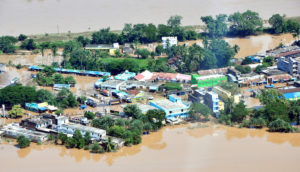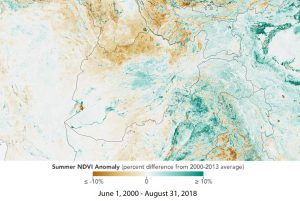The Chindwin River Basin is rich in biodiversity, with almost 47% still under forest cover. Originating in the lushly forested mountains of the Hukawng Valley in northern Myanmar, the 1,200 km long Chindwin River – the main tributary of the Ayeyarwady – is home to 6 million people in Myanmar who depend on it for their livelihoods.
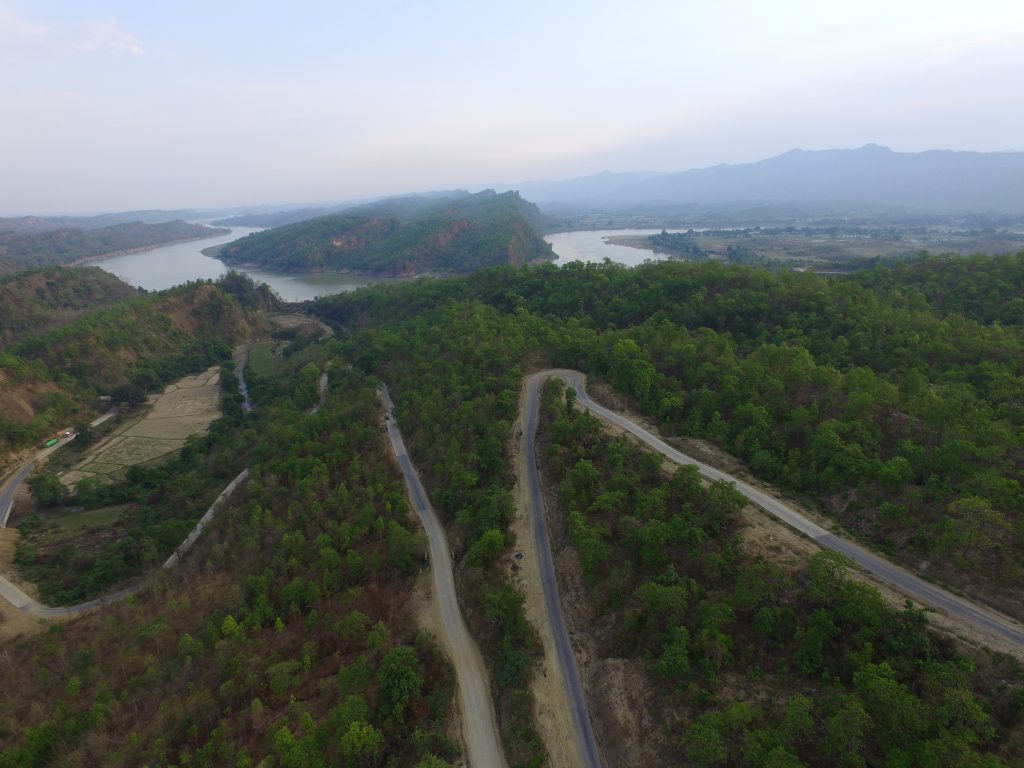
At the intersection of India’s Assam state, the Eastern Himalayas and China, the region has at least 140 mammals and more than 370 bird species. Several of the mammal species are also classified as threatened.
But the basin’s rich biodiversity faces a number of serious threats from mining, logging, sand dredging and hydropower projects as well as land clearance for agriculture. Meanwhile, Myanmar’s conservation plans and policies and environmental safeguards are still being developed even as regulatory and enforcement capacity remains weak.
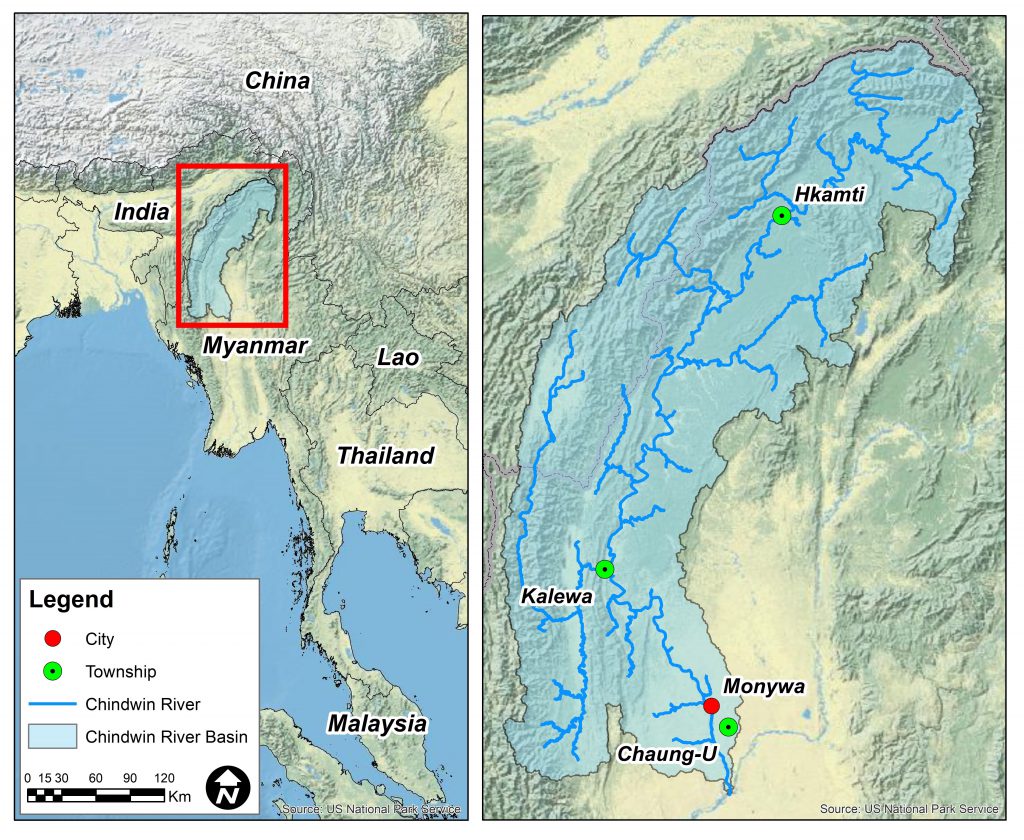
In the last few decades, the rapid expansion of land concessions for logging and fast-growing tree plantations have resulted in the clearance of many primary forest areas and the conversion of forested land to agriculture.
However, the Chindwin Basin’s forests are still largely intact and are crucial sources food, fuel and fibre for local communities, most of whom are subsistence farmers. For example, 59% of Myanmar’s population still rely on firewood for cooking. In rural areas, this percentage is higher at 80%.


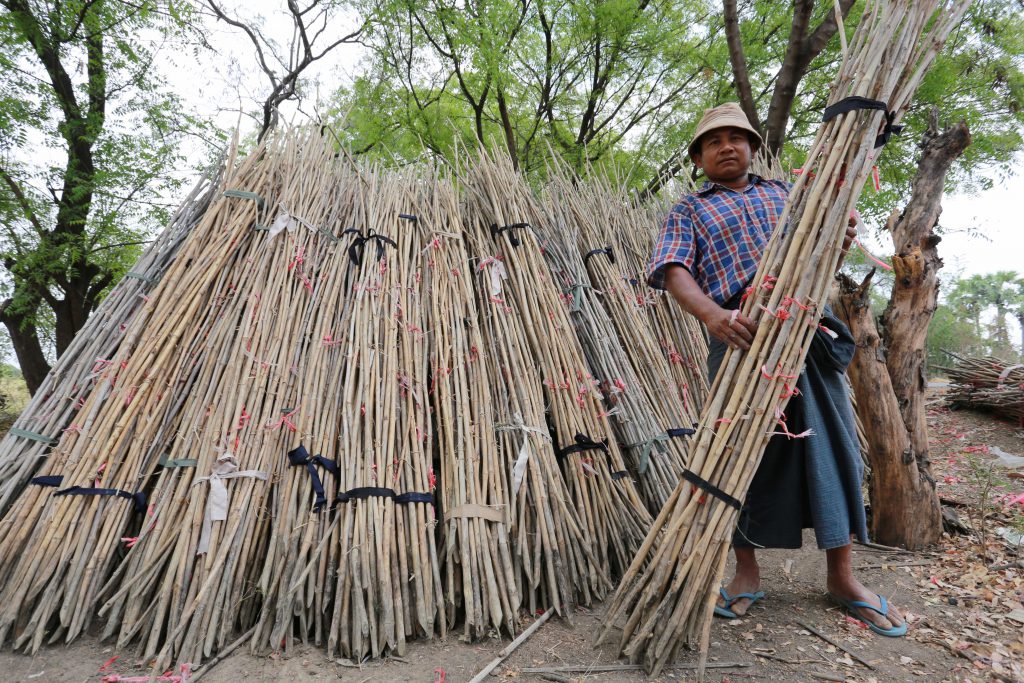
The river is usually the main mode of transport for local communities to travel and move goods to other parts of Myanmar, particularly in the rainy season when heavy rains wash away dirt roads.
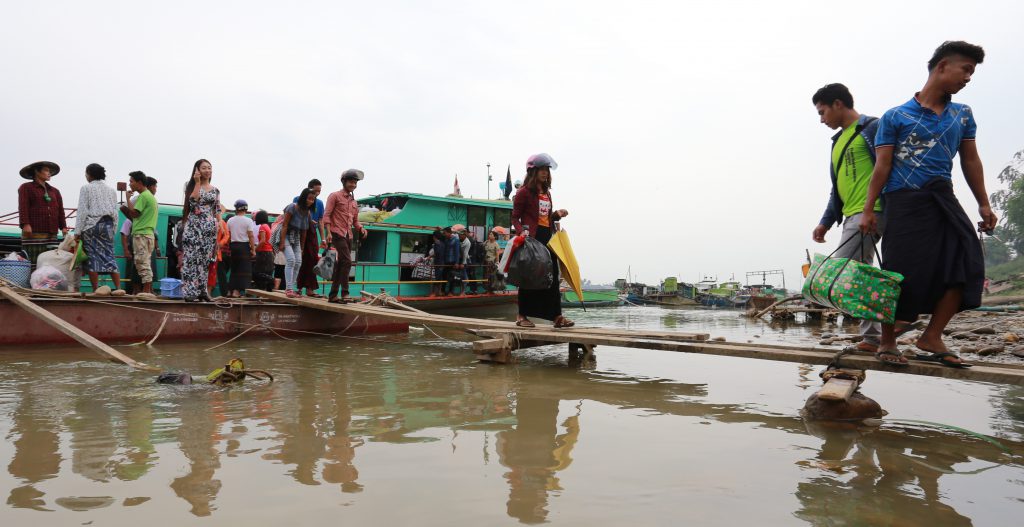
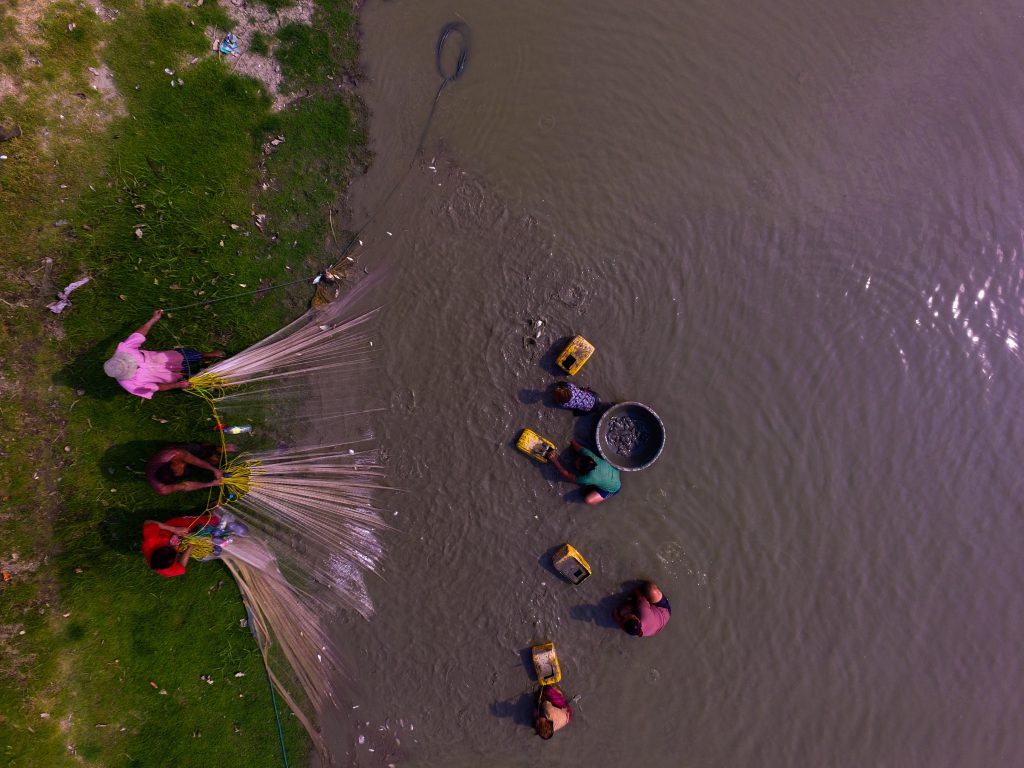
The Chindwin River offers an abundance of fish, with more than 151 fish species, including a number of rare cat fish species.

Fishing households mainly catch wild fish in the natural wetlands, floodplains and small lakes and streams. More commercialized fishing is promoted by the local fisheries department who auction fishing licenses in wetland areas like Pauk Inn wetland for commercial fish production.
The department stocks tilapia in licensed areas to increase catch tonnage. Local fishers have observed that while fish tonnage has increased over the years they have observed a decline in more valuable wild fish species. Other threats to native fish species include pollution from gold mining and chemical use in agriculture.
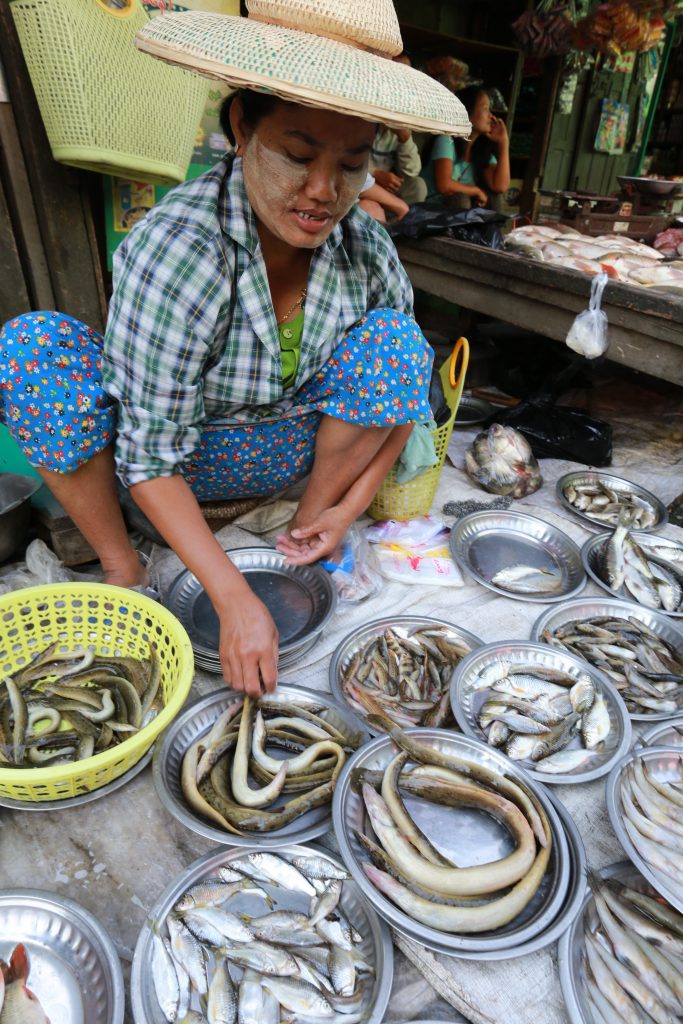
Farming is the primary livelihood activity for the local communities in the Chindwin Basin. Farmers grow rice, tea, legumes, vegetables and fruits on agricultural lands as well as the nutrient rich seasonal floodplains near the Chindwin and its wetlands.
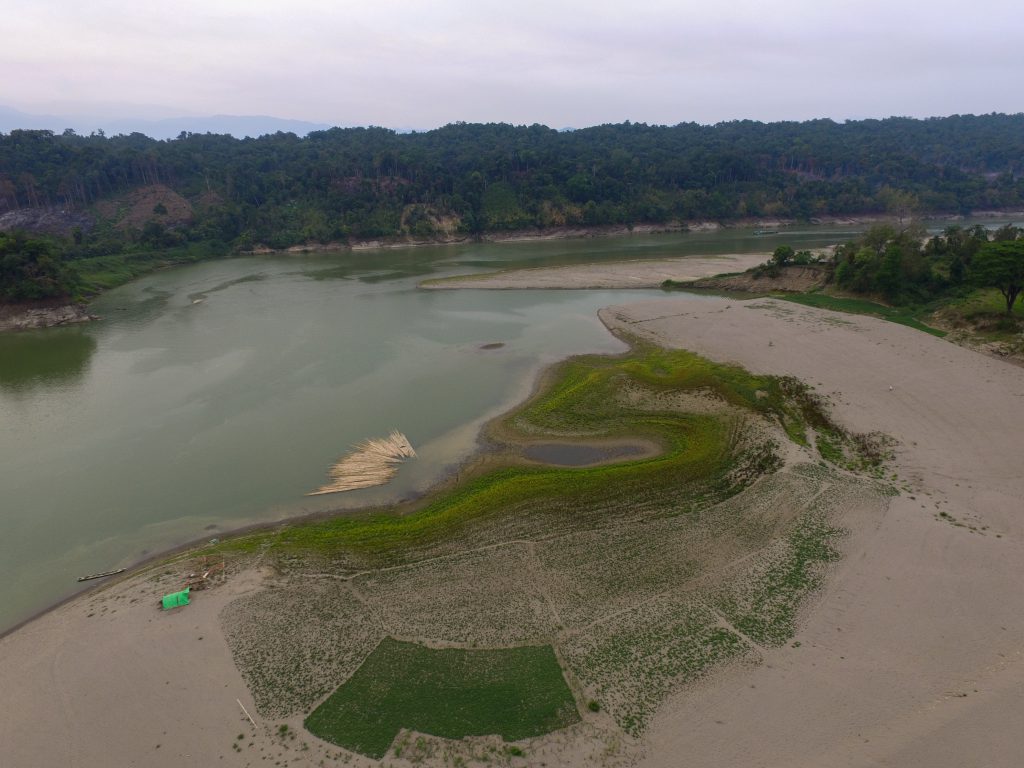
Farmers are increasingly growing cash crops such as musk melon and watermelon instead of native crops like legumes in hopes of earning more revenue. They take on greater risk in growing these as there the only market for their products is China.
Other risks are also involved. In the words of one farmer, “We have to use a lot of chemicals for the musk melons. Each year we have higher costs as we have to use more and more. Last year, the pests were so bad that they spread from the farm to village and destroyed the crops we use for food.”
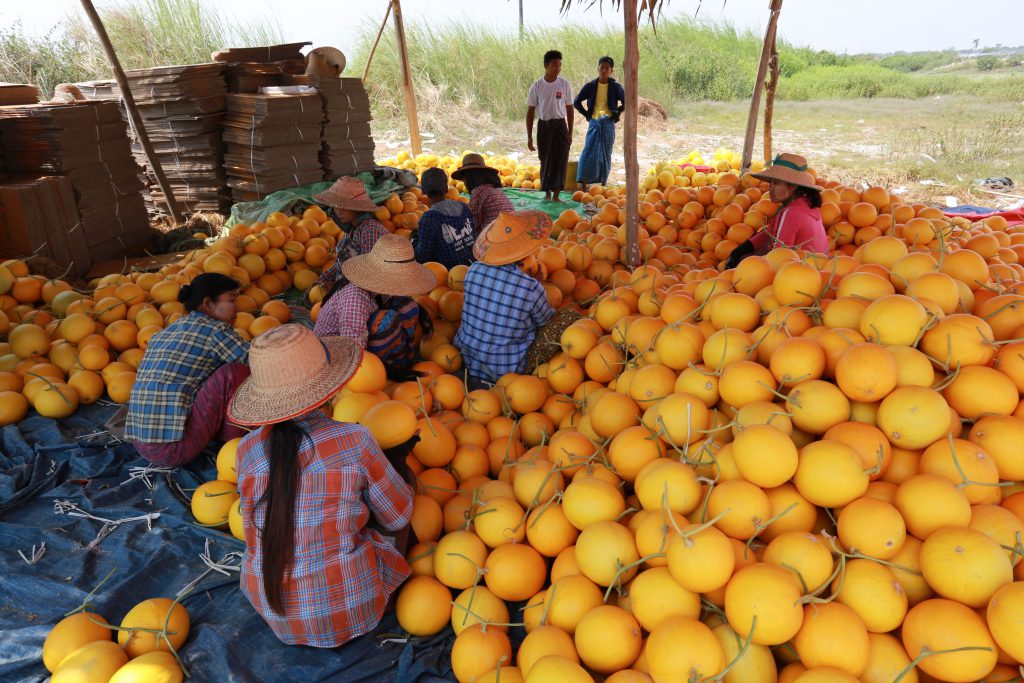
Potatoes and tomatoes are a staple for most curry dishes in Myanmar.
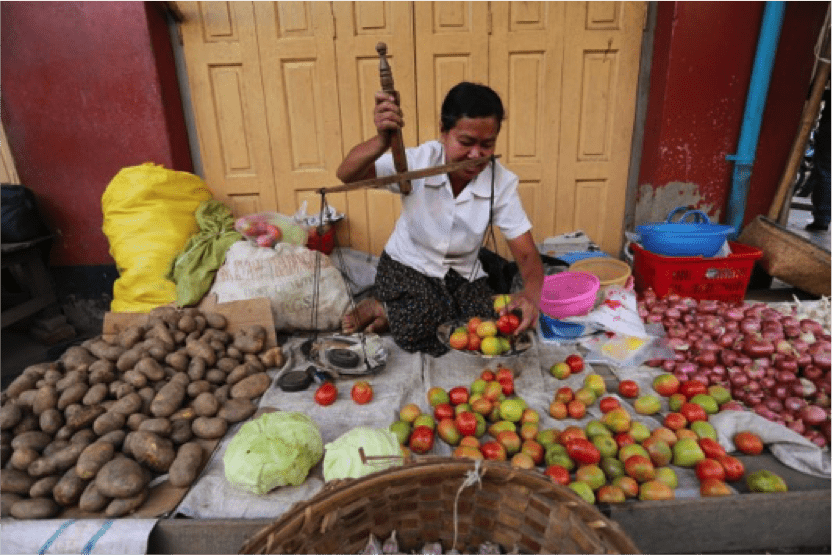
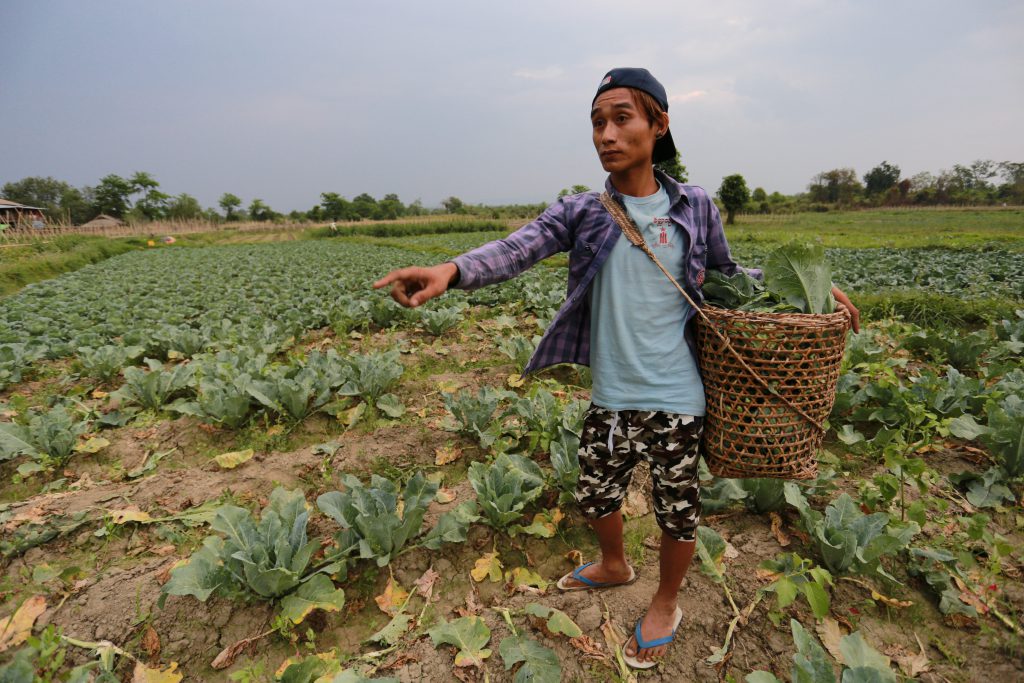
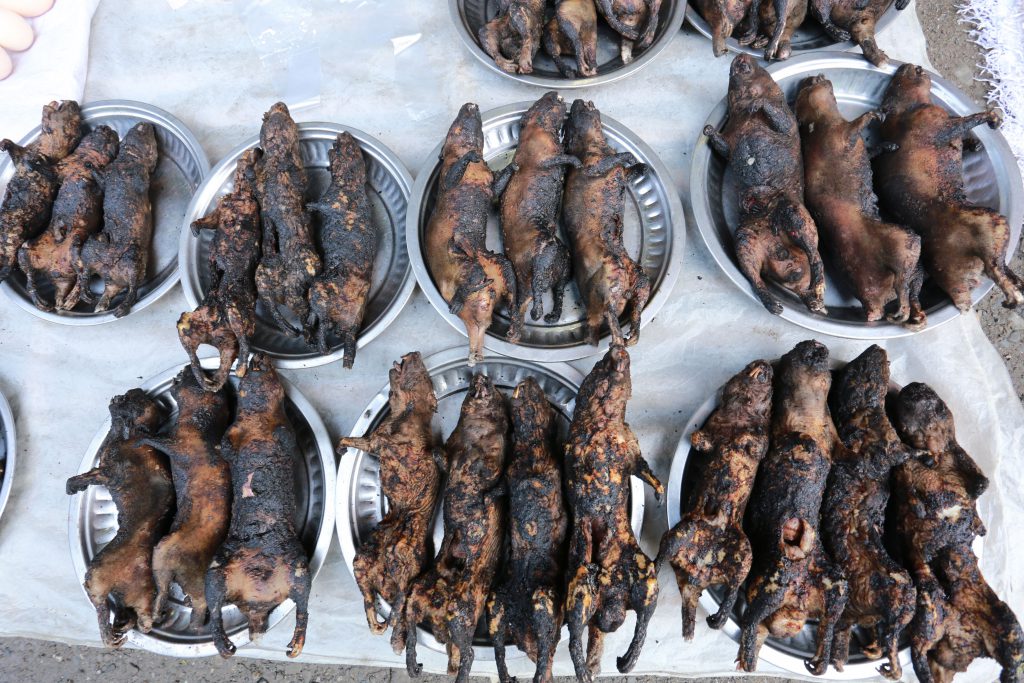
A traditional Myanmar meal is served with soup, various side dishes and raw vegetables to be eaten with “nga pi” (fish paste) along with rice. La phet, or fermented tea leaves with fried legumes follows as a post-meal snack.
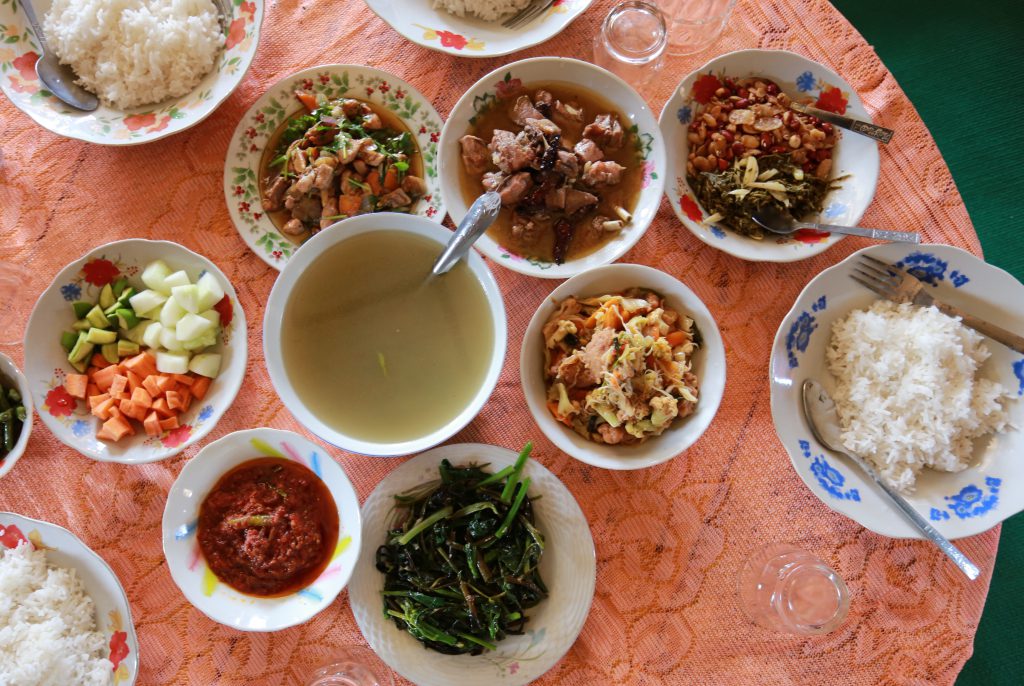
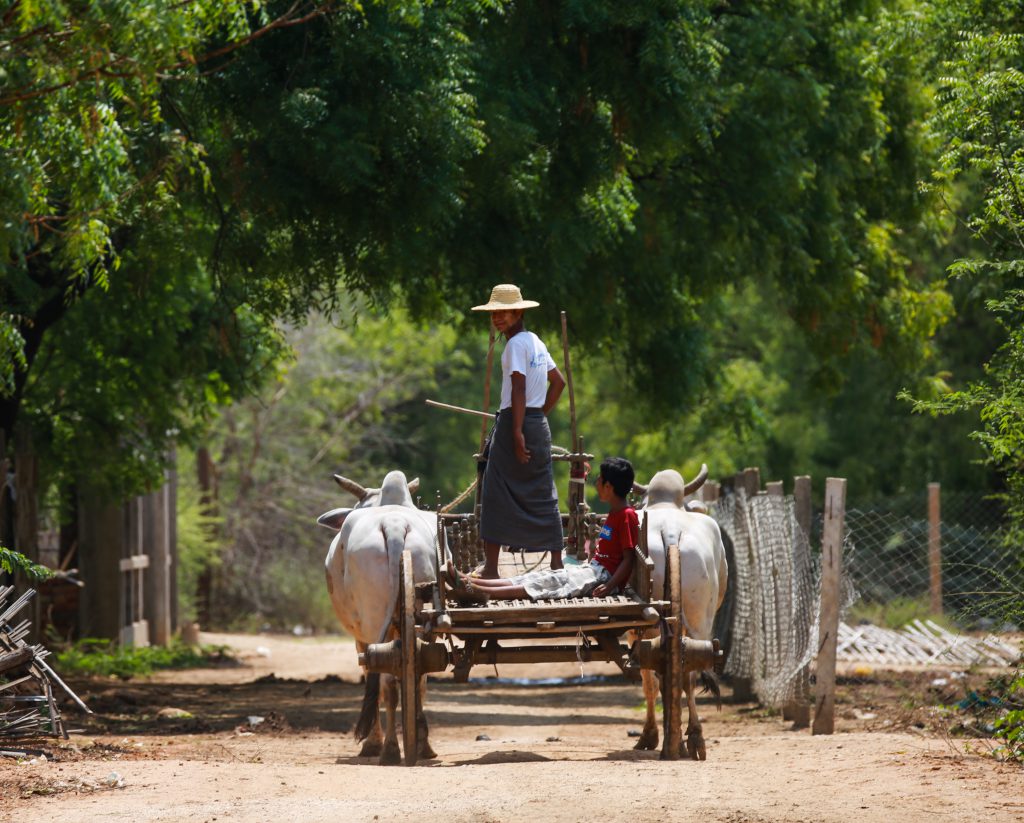
This photo story is based on field trips undertaken for the Chindwin biodiversity ecosystem services (CBES) project, supported by Critical Ecosystem Partnership Fund (CEPF). This project is a collaboration between Stockholm Environment Institute (SEI), Asia Centre and Myanmar Environment Institute (MEI). The team has been assessing potential impacts of development plans including mining, logging, hydropower, agriculture, navigation and transportation, and climate change on biodiversity, communities and livelihoods. This involves carrying out biodiversity assessments in 15 villages in Khamti, Kalewa and Chaung U townships in the basin.
Acknowledgements:
Photos by Wichai Yuntavaro and copyright SEI.
Text by Rajesh Daniel, May Thazin Aung and Than Htway, SEI Asia.
Thanks to: Thanapon Piman and Manish Shrestha, SEI Asia; colleagues in the Myanmar Environment Institute (MEI).
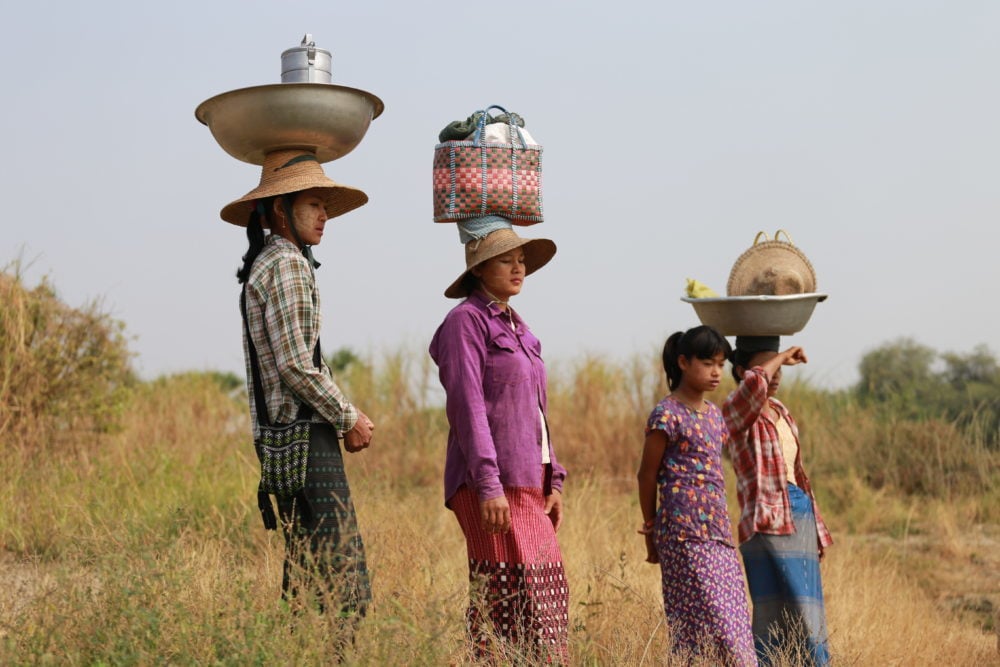
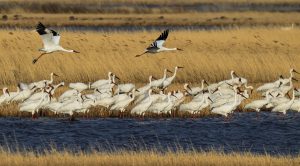
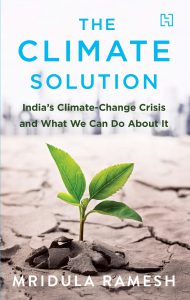
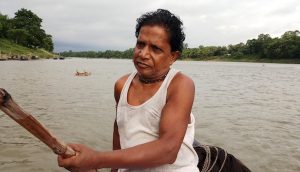
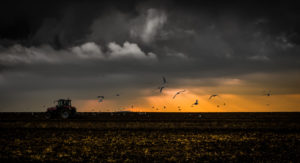

![The Indus at the site of the proposed Diamer-Basha dam [image by: Water and Power Development Authority, Pakistan]](https://dialogue.earth/content/uploads/2017/05/Indus_Diamer_Basha_Dam_Site_Image_WAPDA-300x169.jpg)
